
Raison d'etre
n. French: reason or justification for existence (Merriam-Webster) Or, what is that breed for? Sometimes a more logical question seems to be “what were they thinking, anyway?”
In the modern world we mostly take for granted that dogs are here to be companions,
best buddies, the one unerring source of unconditional love in lives filled with ultimatums and accusations, “if you loved me you would (fill in the blank).” In a purely existential sense, that is sufficient reason. Most of us don't need dogs to do jobs. That's why we have people. And tech-guys.
Commonly, if any of us expect our dogs to bring anything to the relationship other than their undying love and affection -- along with the hair on the suit jacket or the drool on the trouser leg -- it's to bark their heads off if anyone is even standing outside thinking about invading our home space or to confront a trespasser and scare him badly enough to leave us alone.
Life wasn't always like that.
Time was, our dogs were more than companions, they were comrades. Trusted assistants, and in some cases, they were just a whole lot better at doing some things than we could ever hope to be.
Looking at breeds like the German Shepherd, Belgians, any of the livestock guardian breeds, it's elementary to see what the point of selective breeding was. Even some of the odder configurations; the Dachshund, the Basset, for example, have logical explanations: those low, muscular bodies were great for going through underbrush and going to ground after vermin. The tall, beautifully streamlined sighthounds are a nobrainer as well. See prey. Go get prey. Simple and elegant. Form follows function.
How, though, did anyone come up with the concept behind some of our favorite dogs? For what purpose were the breeds sculpted and tweaked for generation after generation.
Some, like the irresistible Papillon, were never meant to be other than charming companions, although they have been a boon to the purse and bag industry for centuries. The story goes that King Henry III of France had a Papillon whom he carried about his daily rounds at court and socially in a basket. They also seem to have been quite accomplished and artistic little posers, having been a favorite in paintings by some of the Old Masters.
The Xoloitzcuintli might have more responsibilities than any breed, large or small. The tiny dog was charged with being a go-between, alongside the shaman, to move between the material and spiritual worlds, to be protectors, healers and soul guides to mortals as they journeyed between the worlds. When the Aztecs coalesced as a people, they saw the Xoloitzcuintli as the manifestations of their god, Xolotl. Xolotl's charge was to guide souls through the nine levels of Mictlan. In order to begin this journey, souls had to cross the sacred river Apanoayan. The journey across the river was tricky and a guide was necessary. That guide was the little Xolo dog, who would recognize his master and guide him safely across. Or that was the theory. Trouble was, color mattered. Black Xolos weren't as dependable because they tended to fear contaminating the river with their coloring. White Xolos were almost as chancy, as they didn't want to risk soiling their white hides. The red Xolos, though, could be depended upon to get their masters across and even today, red is the preferred coloration in the Xolos' native land. Score another one for the redheads.
On a tangent -- the Aztec belief in the journey across the river Apanoayan accompanied by a dog waiting just across the water is strikingly similar in theme to our Rainbow Bridge, where we will, as the story goes, be met by all of our animal friends who have passed before us.
When all is said and done, whether a dog's ancestors were bred to be carried around by courtiers, hunt jaguar, or to be messengers from a god, the most important job a dog can do -- any dog, large or small -- is to teach us how to really love.
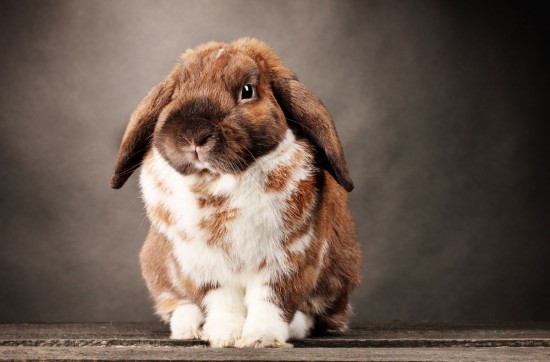 Rabbit Care Calendar - Month By Month Care Advice For Your Rabbit
Rabbit Care Calen
Rabbit Care Calendar - Month By Month Care Advice For Your Rabbit
Rabbit Care Calen
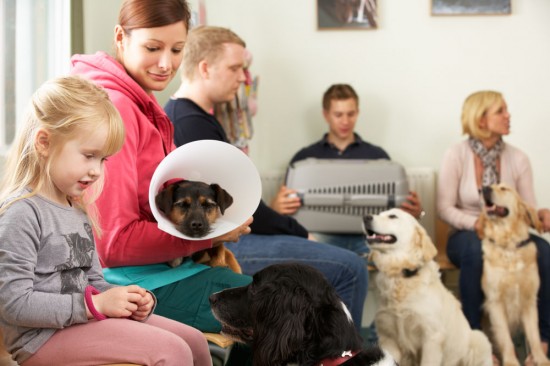 Evaluating Your Veterinary Surgeon
Evaluating Your V
Evaluating Your Veterinary Surgeon
Evaluating Your V
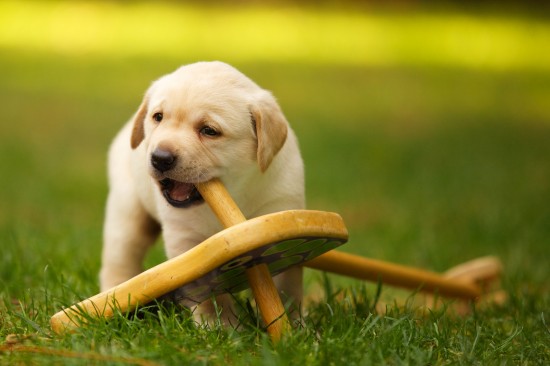 Why Dogs Love To Chew So Much
Why Dogs Love To
Why Dogs Love To Chew So Much
Why Dogs Love To
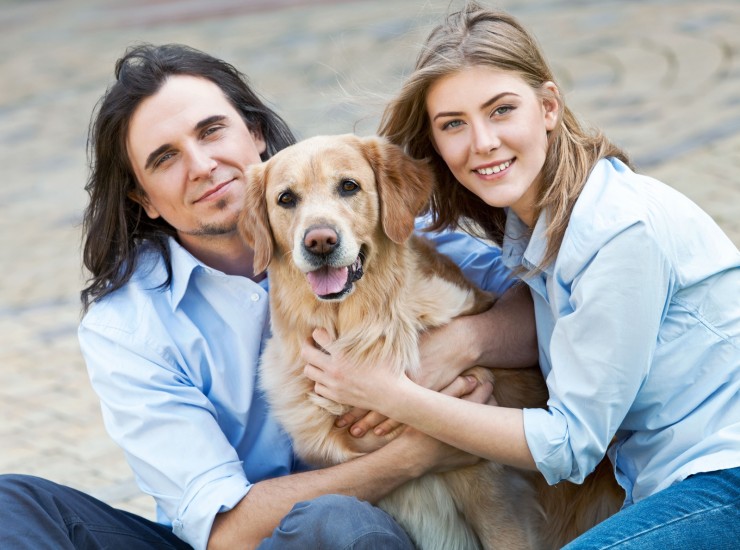 Five Ways In Which Owning A Dog Can Test Your Relationship With Your Partner
Five Ways In Whic
Five Ways In Which Owning A Dog Can Test Your Relationship With Your Partner
Five Ways In Whic
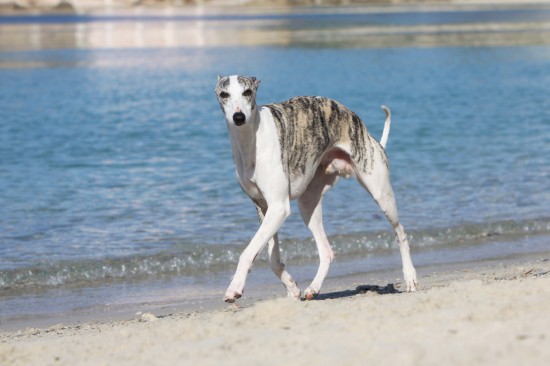 8 Dogs Built For Speed
8 Dogs Built For
8 Dogs Built For Speed
8 Dogs Built For
Copyright © 2005-2016 Pet Information All Rights Reserved
Contact us: www162date@outlook.com